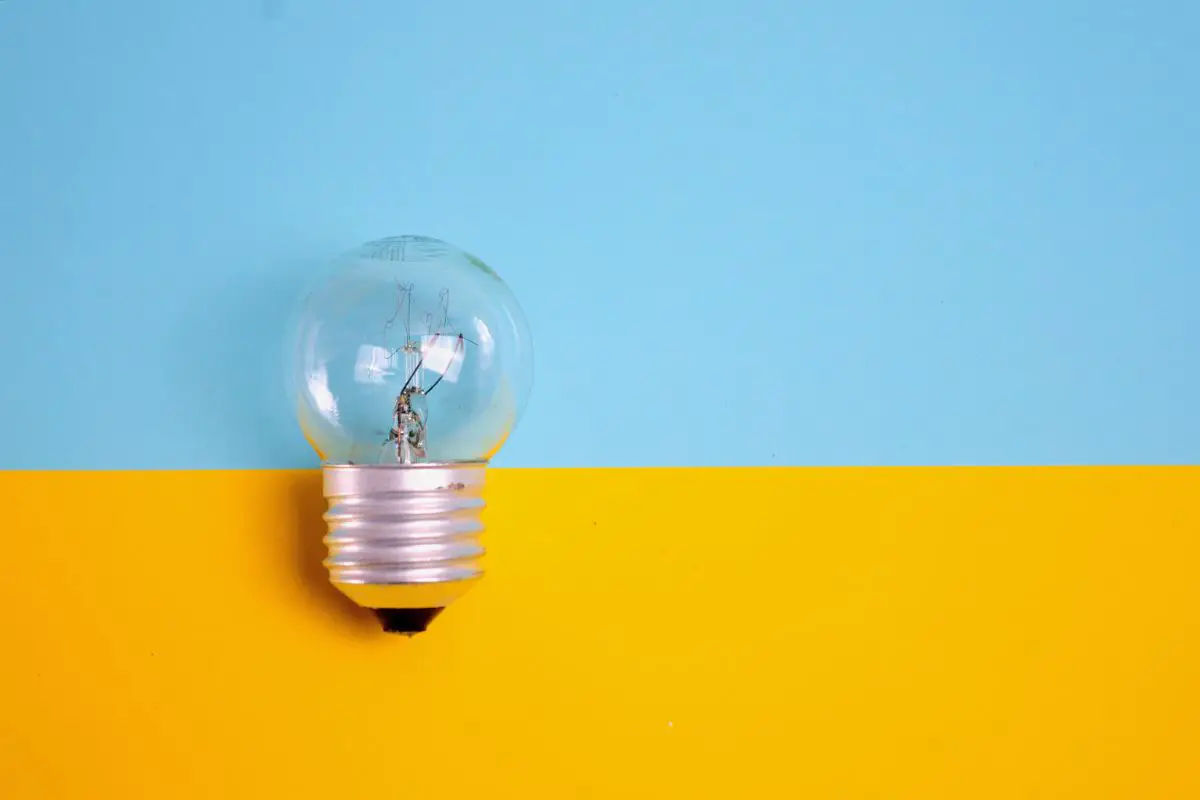Solar vs Hydropower: The Ultimate Homeowner’s Guide
There’s no denying the fact that solar panels are the most popular forms of renewable energy sources for homeowners. The tremendous growth rate of solar panels is likely to continue in the coming years as well.
But solar is not the oldest form of renewable energy that humans have used. The oldest hydroelectric project dates back to the second half of the 19th century! Today, the global hydropower output is over 4,300 Terawatt Hours (TWh), making it the most widespread form of renewable electricity.
Many of us associate hydropower projects with mega-dams only. However, micro hydropower units can be an easy water-to-wire power solution for households and small communities. But with all the song and dance about solar power, the idea of capturing the untapped energy on your site often gets overlooked.
It’s time for a hydropower vs solar power discussion! Let’s find out which can be the most practical choice for you.
Solar vs Hydroelectric: The Main Differences
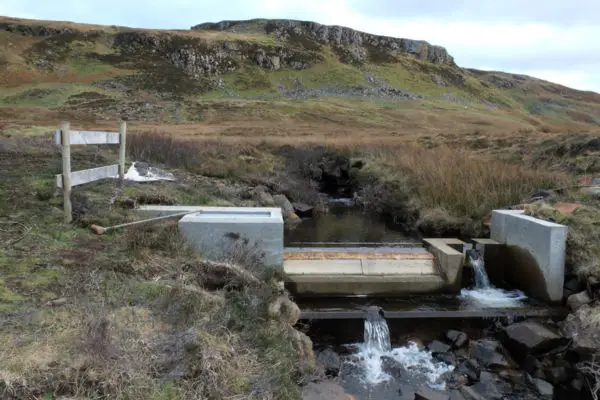
Before we start comparing them, let’s take a quick look at the how different these two renewable power sources are in operation.
While most homeowners know that solar power systems depend on photovoltaic cells, not everyone is aware of the science behind hydropower and its potential.
Here’s what Malcolm Woolf, President and CEO of the National Hydropower Association, told CNBC.“ We don’t get the headlines that some of the other technologies do. But I think folks are increasingly realizing that you can’t have a reliable grid without hydropower.”
In solar power systems, the amount of electricity generated depends on the panel temperature, the surface area of the solar cells, and how directly the sunlight hits them.
On the other hand, hydroelectricity production depends on the liquid energy being generated by a stream or current of water running through your property. This, in turn, depends on two factors.
- Head — the exact vertical distance the water falls or the drop in feet
- Flow — the quantity or volume of water falling in gallons per minute.
The water flows through a pipe and is directed towards a turbine. The water pressure rotates the turbine blades and a generator converts this rotational energy into electricity. Most commercially available units combine the turbine and the generator into a single package.
Actually, it’s quite simple. The higher the head and the flow rate, the more power is generated. Ideally, you’d need a vertical drop of 10 feet (3 meters) for a low-power hydro unit. But some micro units can work alright with heads as low as 3 or 4 feet. So, even a small stream can be used to generate power.
In fact, “zero-head” or “in-stream” turbines have been developed that need no head differential to operate. In other words, you can just dunk them in a stream or a canal. These so-called “plug and play” turbines use the kinetic energy of flowing water to generate power. You can even install multiple 5 to 15-kw modules to bump up the power output.
Now, don’t let the “micro” in a micro-hydro plant fool you. A micro-hydro plant can deliver a power output between 5 kW to 100 kW per day depending on the site conditions. In comparison, an average solar panel can generate anywhere between 250 and 400 watts of power. The latter’s total output will depend on the number of hours of available sunlight and the total number of panels.
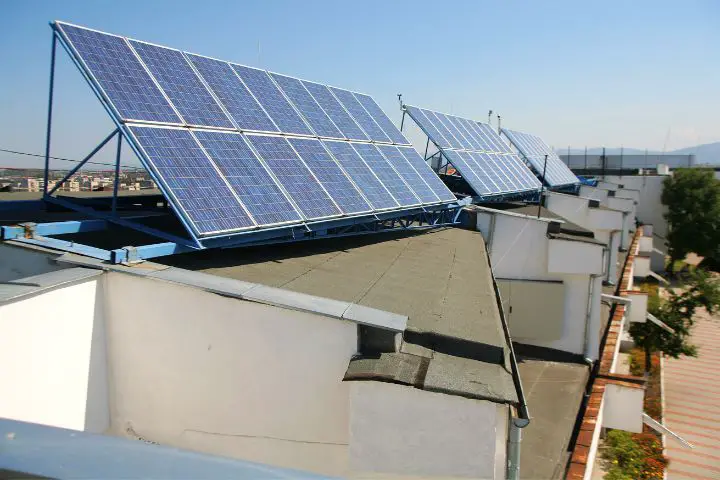
Soaking Up the Sun: Pros and Cons of Solar Power for Homeowners
Solar energy is a cost-competitive alternative to fossil fuel-based energy sources and has a low environmental impact. Moreover, solar panels can be set up in most homes by using any available open space.
Now, we’ve written a lot about panels and rooftop shingles. But for the sake of comparison with hydro, let’s quickly list the main pros and cons of setting up rooftop solar panels.
| Pros of rooftop solar panels | Cons of rooftop solar panels |
|---|---|
| Since solar energy is available across the globe, they can be installed almost anywhere. | The rate of electricity generation depends on the weather and the roof orientation will affect the panel efficiency. |
| Their installation is relatively simple, and the wiring costs are on the lower side. | Even though simple, installation itself is pretty costly apart from wiring. Batteries for storing excess energy are also expensive. |
| They run for decades and are pretty cheap to clean and maintain. The system does not need any monitoring either. | It may sound self-evident, but the sun doesn’t shine overnight. So panels don’t make electricity either. The peak sun hours a panel gets is between 4 to 6 hours in a day. |
| With tech making giant leaps every second of our lives, solar panels will get more efficient in the coming years. | How much electricity gets generated depends on the space available in a home for setting up the panels. |
| Despite their general durability, solar panels degrade with time, and the annual degradation rate can be between 0.5% to 0.8%. |

From the Streams to the Home: Pros and Cons of Micro Hydro-Power for Homeowners
Unlike solar power, you can’t perch up a hydropower station just about anywhere on Earth. What you need is the right geographical setting. Keep in mind, many areas in the US have federal laws prohibiting the use of hydropower as the supply of running water is limited.
Even so, micro-hydropower stations have some distinct benefits that are hard to ignore – but also a few downsides.
| Pros of micro hydro-plants | Cons of micro hydro-plants |
|---|---|
| These units do not require the construction of reservoirs like dams or lakes. This “run of the river” form of design makes the initial costs much lower. | The water flow can be affected by seasonal changes, especially during dry summers. But winters aren’t free of issues either. Freezing temperatures can freeze the pipelines and stop power production. |
| Their efficiency is between 60% to 90%. This makes them the most efficient option among sustainable energy sources. | The location of the stream should be a few hundred feet from the residence for optimized engineering of the system. So if the site conditions are less than ideal, the installation costs can easily shoot up. |
| They generate a steady energy output throughout the day with minimum fluctuations. The year-round output is more predictable, and the electricity production is less dependent on the climate and the ambient temperature. | Unlike with solar, you can’t just endlessly expand the site in the future to meet higher power needs. After all, the stream has a flow rate that’s only so big. |
| The running and maintenance costs are lower, and the life cycle of a unit is long. | Since the system has moving parts, they will wear out eventually. |
| A micro-hydro system requires less space and does not have any visual impact on the area where it is installed. | Diversion of stream water can have an impact on the local ecology. A careful design of the system is needed to ensure minimum environmental impact. |
| It can easily last as long as solar panels. But they beat solar panels in that the performance of the unit won’t degrade over time. |
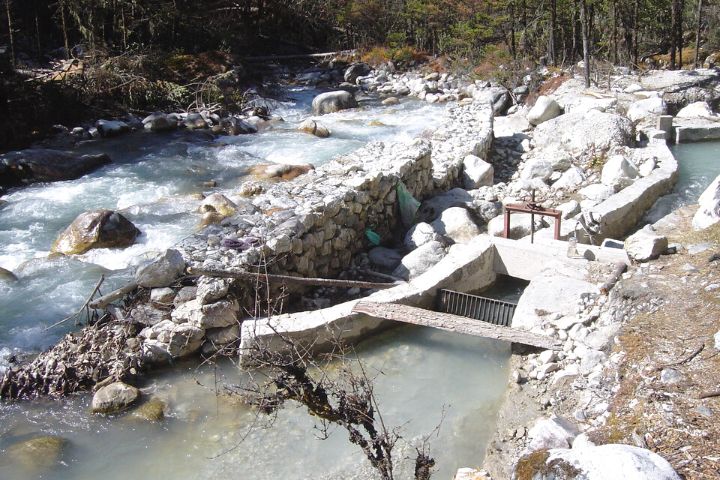
Solar vs Hydroelectric: (How) Do They Affect the Environment?
Are solar panels completely carbon neutral?
Sadly, no. However, the concerns about the ‘hidden’ carbon footprints of solar panels are somewhat exaggerated.
One thing is, having to clear off vast areas to install solar farms can have significant ecological impacts. That being said, some studies mention that an acre of solar panels can reduce a significantly higher volume of carbon in the atmosphere than an acre of forest.
Luckily for you and me as homeowners, such issues are not applicable to rooftop solar settings. The main concern is the carbon footprint of the process of manufacturing solar panels. Add to that the effects of mining and the transport of materials, and you’ll get even more emissions.
Perhaps unsurprisingly, solar panels generate a low volume of greenhouse gases in their life cycle. This makes their carbon footprint much lower than fossil fuel-based energy sources. In fact, after three years of use, the overall carbon footprint of a solar panel will fall into the negatives.
According to Fengqi You, a professor in Energy Systems Engineering at Cornell University, “When you consider the solar panel industry will grow by a factor of over 10 until mid-century, those greenhouse gas emission savings could be quite significant.”
However, one genuine concern about solar panels is their recycling. Unless we plan to recycle solar panels more efficiently, solar waste can be an alarming concern in the coming years.
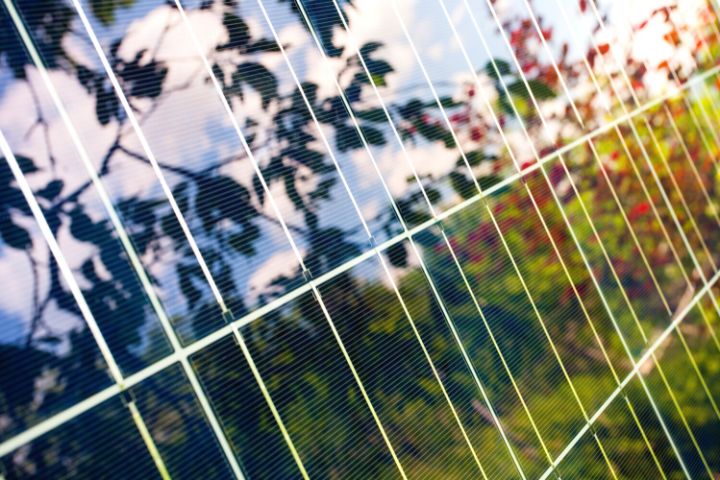
What about micro-hydro power plants?
Just like solar panels, the indirect carbon emissions from hydropower units are higher than direct emissions. This includes the emissions from material, machinery, and service inputs. However, the numbers are much lower than solar.
A report by the Intergovernmental Panel on Climate Change (IPCC) states that the median greenhouse gas (GHG) emission intensity of a hydropower installation is 24 gCO₂-eq/kWh. In comparison, the same number for solar is 48 gCO2-eq/kWh. This makes them even more environmentally friendly than solar panels.
Besides, recycling the metal components in a micro-hydropower unit is not an issue like that of solar panels.
One biological concern that users may have about hydropower units is the adverse effect on the fish. While large pressure differences are not good for aquatic life, the pressure difference with micro-units is very low.
Here’s what Dr. Walter Buydens, CEO of the company Turbulent supplies eco-friendly micro-hydropower plants to small users has to say: “ A fish is not very good at withstanding pressure differences. If that becomes too great as a result of passing through the system, it won’t survive. In our case, that’s about 0.1 bar. That’s negligible.”
Hydroelectric vs Solar: What About the Cost?
Time to take a closer look at the aspect that many of us would deem most important, the costs.
To be honest, making direct cost comparisons between solar power and micro-hydropower in a home setting is difficult. There is also a lack of general data regarding the costs of micro-hydro units in different settings as the installations are site-specific.
The average cost of a solar power installation in the US can be between $17,430 to $23,870. For a residential system, the costs are around $3 to $5 per watt. However, the costs will vary depending on the type of panel you choose and your energy requirements.
Most cost estimations with hydropower projects deal with larger installations. For larger plants, the costs can be as low as 1.6 cents/kWh. Some studies in rural settings estimate that the mean costs of micro-hydropower projects are around $505/kW and $605/kW.
The cost will depend on the type of terrain, labor costs, and other factors. In some cases, the installation costs can be between $4000 to $6000 per kilowatt. This makes such systems more expensive than solar power. However, smaller units can be set up at lower costs with some DIY effort.
The maintenance costs of both solar panels and micro-hydro systems are low. However, micro-hydro systems do not require periodic cleaning and inspection like solar panels.
And another thing…
Typically, a micro-hydropower unit takes between 5 to 10 years to pay for itself. In the case of solar panels, this can be between 6 to 12 years.
Bottom Line: Is There a Clear Winner?
Not really. Both systems have specific pros and cons, and you need to determine what works best for your home.
At the moment, micro-hydro units are not as popular as solar panels. But if designed correctly, such units have immense potential to offer renewable benefits to many homes.

Then again, micro-hydropower units are not and will never be an option for all or even most homeowners due to a lack of the right terrain conditions. In such scenarios, solar or wind energy are the only options. In locations where both options are possible, a techno-economic analysis is necessary to weigh the trade-offs.
In other words, determining the cost in dollars per watt for both systems in a similar setting can give you the right choice.
And here’s the most important part…
No single renewable energy source will deliver a steady flow of electricity across the year. Besides, each system has its own upsides and downsides.
That makes hybrid units that combine two or more energy sources a great choice for year-round performance. Such a system can tackle a wide range of conditions, and one system can cover the insufficiencies of the other. Not only can they deliver round-the-clock (and round-the-season!) power, but hybrid systems can be cost-competitive as well.
Consider a solar and micro-hydro hybrid unit as an example. Solar panels will work efficiently on dry summer days. When solar generation goes down on stormy days, a micro-hydro can make up for the deficit.
However, the installation costs of a hybrid unit may be too high for those on a budget. Then again, not every location has the right setting for installing a hybrid unit.
So, if you have a stream or creek running through your property, a mini-hydro system can be a great option for you. But that does not make investing in solar panels a less favorable option.
It’s up to you to make the best choice.

